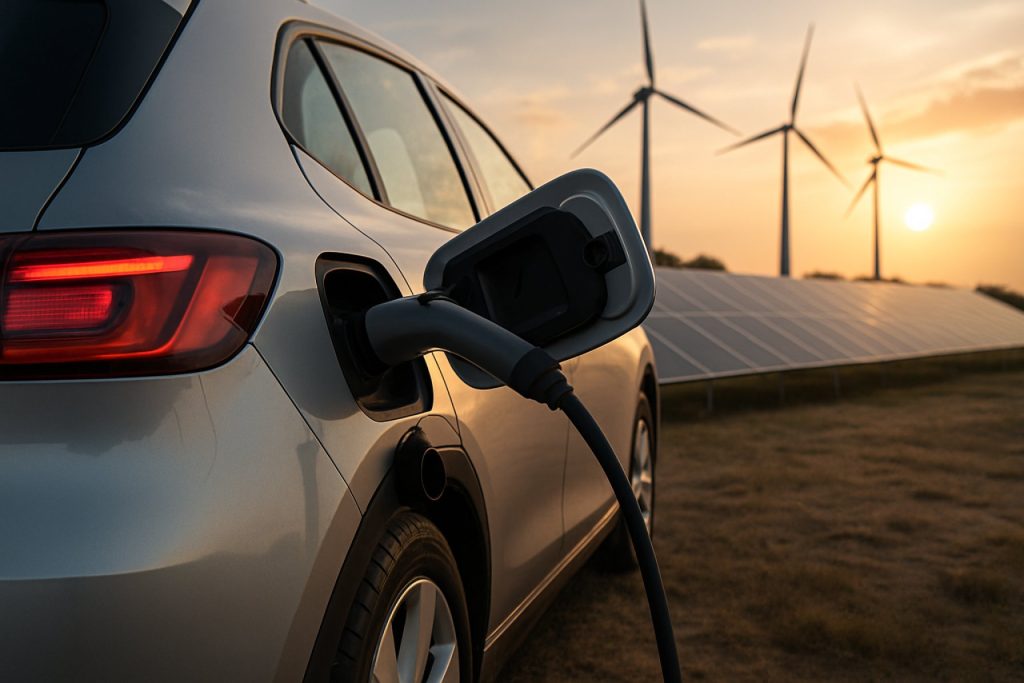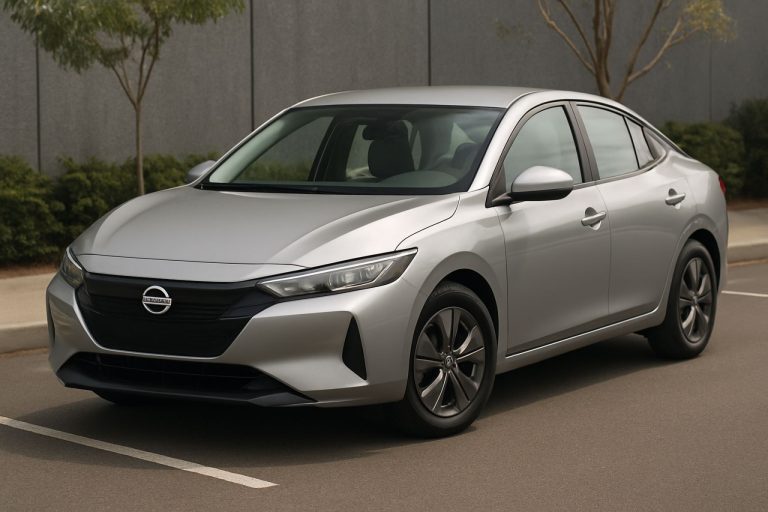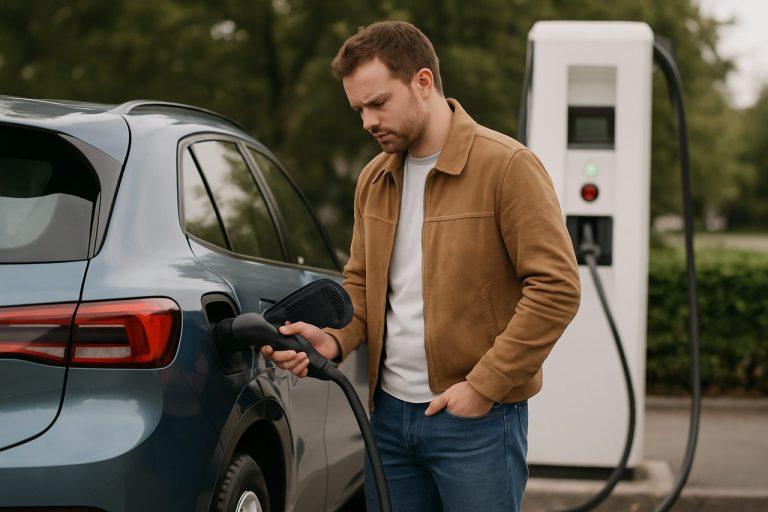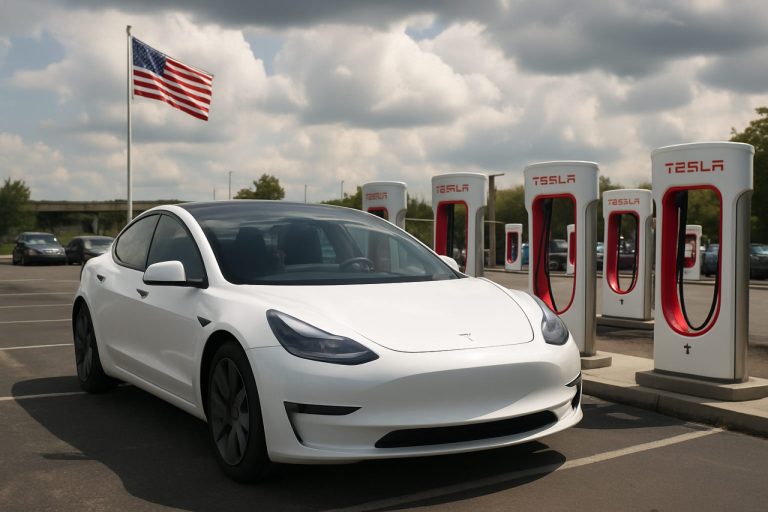
- Global EV battery production is set to surge by 2030, driven by advancements in technology, capacity, and sustainability efforts.
- China, the U.S., and India are competing for dominance in battery manufacturing, with gigafactories and government-backed incentives accelerating the pace.
- Lithium iron phosphate (LFP) batteries are gaining popularity due to longevity and safety, while solid-state batteries promise faster charging and much greater energy density.
- Industry leaders like CATL, LG Energy Solution, Northvolt, and Samsung SDI are scaling up operations, reducing supply chain risks and encouraging local tech ecosystems.
- Battery recycling and circular supply chains are becoming profitable, sustainable solutions to critical resource constraints.
- The electrification shift signals better affordability, longer range for EVs, and real progress toward cleaner air and ambitious climate goals.
A tangle of steel, ambition, and shimmering lithium is quietly building the backbone of our electrified future. Step onto the factory floors of the world’s battery giants—machines roar, copper spools dance, and robotic arms ferry cells destined to redefine how nations move and breathe.
By 2030, the global production of EV batteries will skyrocket, not just in volume but in intelligence and sustainability. China, the U.S., and India are locked in a race to claim leadership in the electric age. Already, battery demand has punched past the symbolic 1,000 gigawatt-hour threshold—a number unimaginable just five years ago.
Breakthroughs Outpacing Expectations
Gone are the days of clunky, range-anxious early EVs. Lithium-ion batteries, which once powered only the highest-end electric vehicles, have become faster, tougher, and safer. A surge in lithium iron phosphate (LFP) chemistry adoption—thanks to its legendary lifespan and resistance to fiery mishaps—is reshaping vehicle lineups from Tesla and BYD to a new wave of affordable, city-friendly EVs. Meanwhile, high-nickel NMC batteries push the energy limits, ensuring that tomorrow’s SUVs and sedans compete head-to-head with fossil fuel stalwarts.
But a tectonic shift shimmers on the horizon: Solid-state batteries. Toyota and an ambitious cohort of competitors are edging closer to industrial-scale production, promising batteries that charge in a blink and stretch an electric car’s range into the land of endless road trips. The industry consensus believes these innovations could store up to 50% more energy within the same footprint, rewriting the calculus of vehicle design, cost, and environmental impact.
The Gigafactory Arms Race
Battery making is no longer just a chemistry problem—it’s a game of scale and speed. CATL and LG Energy Solution are on pace to crank out more than half a terawatt-hour annually by 2025. Europe and Asia are nurturing homegrown battery behemoths like Northvolt and Samsung SDI, reducing regional dependencies and sparking local tech ecosystems.
Feature not just in numbers, but also in ethos: Sustainability is marching front and center. Companies such as Umicore and Redwood Materials are proving that it’s possible—and profitable—to close the battery loop. Their recycling facilities are retrieving precious lithium, cobalt, and nickel from expired cells, reducing the planet’s mining aches and securing new supplies.
India, too, has joined the fray. With a population larger than the combined U.S. and EU and robust government incentives, it’s spawning mega factories and localized tech collaborations. Programs like FAME II and the Production Linked Incentive (PLI) are luring investment and talent, echoing a global recognition: the energy transition isn’t just inevitable, it’s unstoppable.
What It Means for the Rest of Us
For drivers, the revolution promises more affordable EVs with longer ranges and quicker charging—putting electric cars on the map for every city dweller, suburban commuter, and rural explorer. Mega-cities choked by smog envision clearer horizons as gasoline fleets wither. Policymakers glimpse their climate targets within reach for the first time in decades. For supply chains, competition means fewer bottlenecks, as localized factories diminish the risks of global disruption.
As the world shifts from oil wells to electron mines, a single question remains: How swiftly can we accelerate into a future fueled by innovation and responsibility?
Discover more about the evolving science and business of batteries at New York Times and track broad developments across global industry at Bloomberg.
The race is on—and the finish line could be closer than we ever imagined.
The Battery Revolution: Shocking Secrets Behind the EV Powerhouse Race—What You Don’t Know Yet!
The Untold Story of the Battery Boom: Surprising Insights for 2024 and Beyond
The electrification of everything—from cars and trucks to public transit and power grids—is unleashing a new industrial era powered by unprecedented battery innovation. While recent headlines spotlight the monumental scale of this shift, there are critical details, forecasts, strategies, and even looming challenges that deserve a closer look. Here’s what savvy readers must know to stay ahead, including actionable recommendations and immediate life hacks.
—
1. How-To: Choose The Right EV As Battery Tech Evolves
Step-by-Step for Smart EV Selection (2024–2030):
1. Assess Your Range Needs: Solid-state and high-nickel NMC batteries offer longer ranges (up to 600 miles expected by 2028).
2. Check Battery Chemistry: LFP batteries are safer, cheaper, and last longer, great for city use. NMC and forthcoming solid-state pack more punch for long-distance drivers.
3. Explore Incentives: Governments worldwide, like India’s FAME II or US federal credits, can slash thousands off the price.
4. Analyze Charging Infrastructure: Solid-state batteries bring 10-15 minute ultra-fast charging—check current and upcoming charger availability.
—
2. Real-World Use Case: Second Life Batteries & Energy Storage
– Fact: Used EV batteries are being repurposed into stationary storage for homes, businesses, and the power grid—a fast-growing market expected to eclipse $30 billion by 2032 (according to BloombergNEF).
– How-To: Homeowners can join community “battery banks” or install second-life batteries to stabilize solar/wind use—companies like Nissan and Renault already offer these solutions.
—
3. Market Forecasts & Industry Trends
– Global Battery Capacity: Projected to surpass 6,000 GWh by 2030 (IEA).
– Regional Leaders: Besides China, new gigafactories in Poland, Hungary, and the US are reshaping supply chains for resilience amid geopolitical tension.
– Diversification: Sodium-ion batteries and lithium-sulfur options are emerging as cost-effective alternatives for specific markets (fleet vehicles, grid storage).
—
4. Pros & Cons Overview: Battery Chemistries
| Tech | Pros | Cons |
|——————-|———————————————————|—————————–|
| LFP | Safe, affordable, 3,000+ cycles | Lower energy density |
| High-Nickel NMC | Superb energy/weight, long ranges | Expensive, heat risk |
| Solid-State | Ultra-fast charging, high energy, non-flammable | Not commercial yet, pricey |
| Sodium-Ion | Low cost, eco-friendly, less resource-intensive | Lower overall capacity |
—
5. Controversies & Limitations
– Material Supply & Ethics: Cobalt mining (notably in Congo) raises labor and environmental concerns. See Amnesty International and Human Rights Watch for more.
– Battery Waste: Only 5% of the world’s batteries are recycled today (IEA). Companies such as Redwood Materials and Umicore are leading the recycling charge, but scaling remains a hurdle.
—
6. Cutting-Edge Features, Specs & Pricing
– Current Specs: Most new EVs feature 400–800 volt architecture, enabling rapid charging (10-80% in 18-30 min).
– Pricing Trends: Batteries cost $139/kWh in 2023, expected to drop below $75/kWh by 2027 (BloombergNEF).
– Security & Sustainability: Blockchain tracking is being piloted to ensure ethical, traceable sourcing of raw minerals.
—
7. Expert Insights & Predictions
– Dr. Venkat Viswanathan (Carnegie Mellon): “Solid-state batteries could re-center EV production in the West by 2030, shaking China’s grip on the sector.”
– IEA Forecast: Battery demand in 2030 could supply over 80 million EVs annually—a quantum leap from today’s 16+ million.
—
8. Actionable Tips: Go Electric Now (Safely!)
– Shop Smart: Opt for vehicles with well-documented battery warranties (8+ years, 100,000 miles).
– Recycle Responsibly: Check for local EV battery recycling programs (many automakers take them back for free).
– Stay Informed: Set alerts on New York Times and Bloomberg for policy and technology updates.
—
9. Pressing FAQs
Q: How soon will solid-state batteries be affordable?
A: Limited rollout is expected in 2027–2029 for premium models; mass-market models may arrive by 2031 as costs drop.
Q: Is it worth waiting for the “next big thing”?
A: Most experts (see Consumer Reports) say today’s LFP and NMC batteries already exceed the needs of 90% of drivers—next-gen models will add perks but won’t render current EVs obsolete.
Q: What about battery fires?
A: Incidents remain rare (0.03% of EVs vs. 0.1% of gas vehicles, US Department of Transportation). LFP and solid-state types virtually eliminate thermal runaway risk.
—
10. Conclusion: Your Next Move
The battery revolution is not just about range and speed—it’s about economic opportunity, climate impact, and ethical supply. Choose sustainably, push for local recycling, and stay alert to the rapidly evolving world of electrification.
Quick Rec: If buying an EV before 2027, prioritize LFP chemistry for longest lifespan and lowest risk. When solid-state debuts, consider premium models if ultra-fast charging or ultra-long range matters most to you.
Stay charged for the future—it’s coming faster than anyone expected!
—
Related keywords: EV battery trends, solid-state battery timeline, battery recycling, LFP vs NMC, battery gigafactories, EV market forecasts, sustainable batteries, battery life hacks



